MOSCOW, July 25 (V7N) – A devastating plane crash in Russia's Far East has left 48 people dead after an Antonov An-24, a Soviet-era passenger aircraft, crashed while attempting to land at Tynda Airport in the Amur Region. The crash occurred on Thursday as the plane, which was operating a domestic flight from Blagoveshchensk to Tynda, made its second attempt to land.
The Crash
The Antonov An-24, which was first manufactured in 1976, was carrying 42 passengers, including five children, and a crew of six. Following a failed initial attempt to land, the aircraft disappeared from radar screens before being located by a search helicopter in a forested area approximately 15 km (10 miles) from Tynda. The burning fuselage was discovered at the crash site, and local authorities confirmed that everyone on board had perished.
Initial Investigation
Russian authorities have opened a criminal investigation into the suspected violation of air traffic and aviation regulations that led to the crash. According to reports, the plane had recently passed a technical safety inspection and had been involved in four minor incidents since 2018. While the exact cause of the crash remains unclear, investigators suspect that mechanical failures or pilot errors may have played a role.
Impact of Western Sanctions
This tragedy has brought into sharp focus the ongoing issue of operating old Soviet-era aircraft in remote regions of Russia. The Antonov An-24, a propeller-driven plane often referred to as a "flying tractor," is widely used in Siberia and the Far East for short regional flights. However, the continuing reliance on these aging planes has raised concerns, particularly since Western sanctions imposed on Russia in response to the ongoing conflict in Ukraine have limited the availability of spare parts and investment for updating the fleet.
Russia’s aviation industry has been struggling to maintain old aircraft while coping with these sanctions, which have further complicated the ability to replace or modernize planes like the An-24.
Emergency Response and Casualties
Local and federal emergency response teams rushed to the crash site. Due to the remote and difficult terrain, heavy machinery was required to clear a path to the wreckage. The Russian Ministry of Emergency Situations and the Federal Air Transport Agency have been coordinating efforts at the site, while investigators are working to determine the precise cause of the crash.
Video footage from the crash site showed pale smoke rising from the wreckage as emergency teams worked in challenging conditions.
National and International Reactions
Russian President Vladimir Putin expressed his condolences to the families of those who died in the crash and observed a moment of silence at the start of a government meeting. Reports also suggest that at least one Chinese citizen was among the passengers, prompting an expression of sympathy from Chinese President Xi Jinping.
Long-Term Questions for Aviation Safety
The crash of the Antonov An-24 is likely to fuel further scrutiny over the viability of flying such aged aircraft in remote regions of Russia, especially in the context of the country's strained access to Western technologies and maintenance supplies. Countries that still operate the An-24, including North Korea, Kazakhstan, Laos, Cuba, and Myanmar, may also face renewed questions about their fleets' safety standards.
The tragic incident highlights the ongoing safety challenges faced by the Russian aviation sector, which is increasingly reliant on older aircraft amid a lack of modern replacements. Meanwhile, other nations operating Soviet-era planes may face pressure to update their fleets or reconsider their use altogether.
Conclusion
This tragedy marks another chapter in Russia’s ongoing struggle to modernize its aviation sector amid economic and geopolitical challenges. As the investigation into the crash unfolds, the world will be closely watching the findings and any subsequent measures taken to improve aviation safety, both in Russia and globally.
END/WD/SMA/



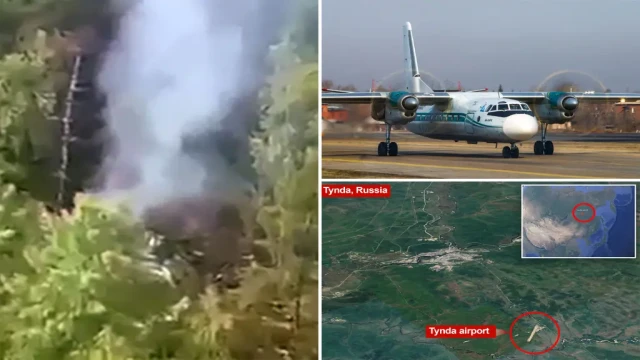

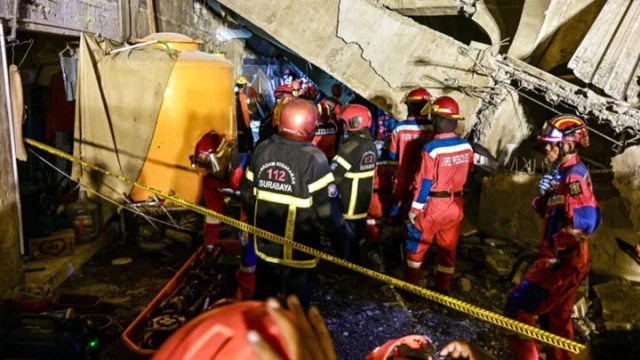

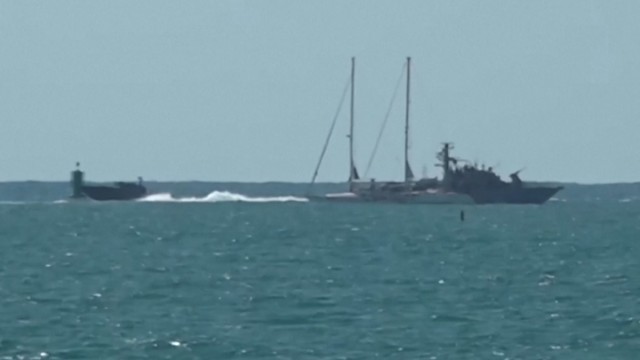

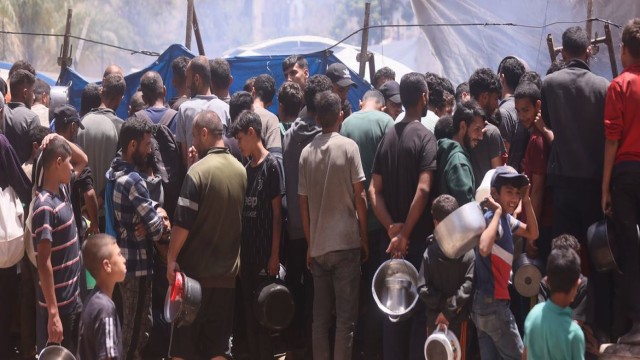



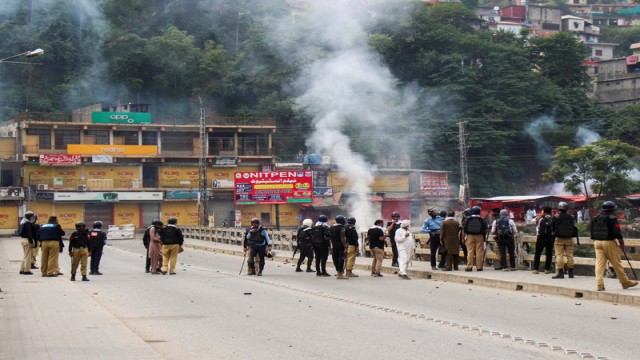


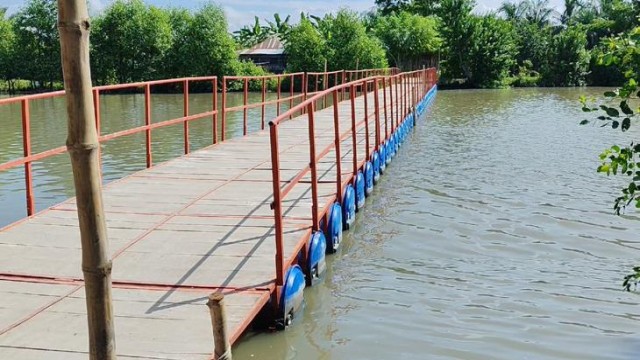

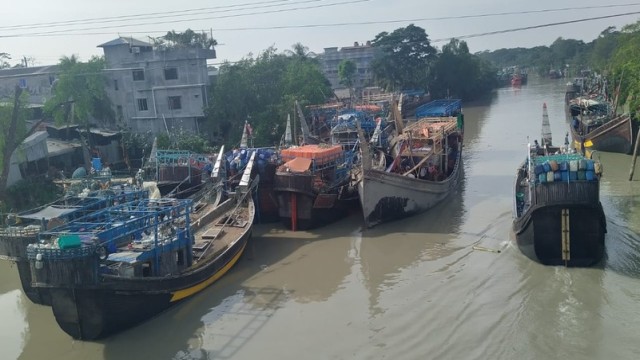






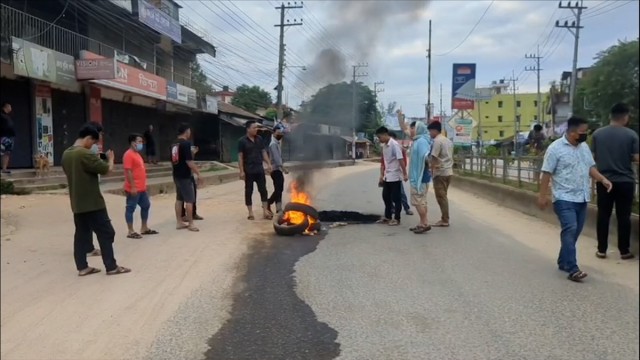




Comment: